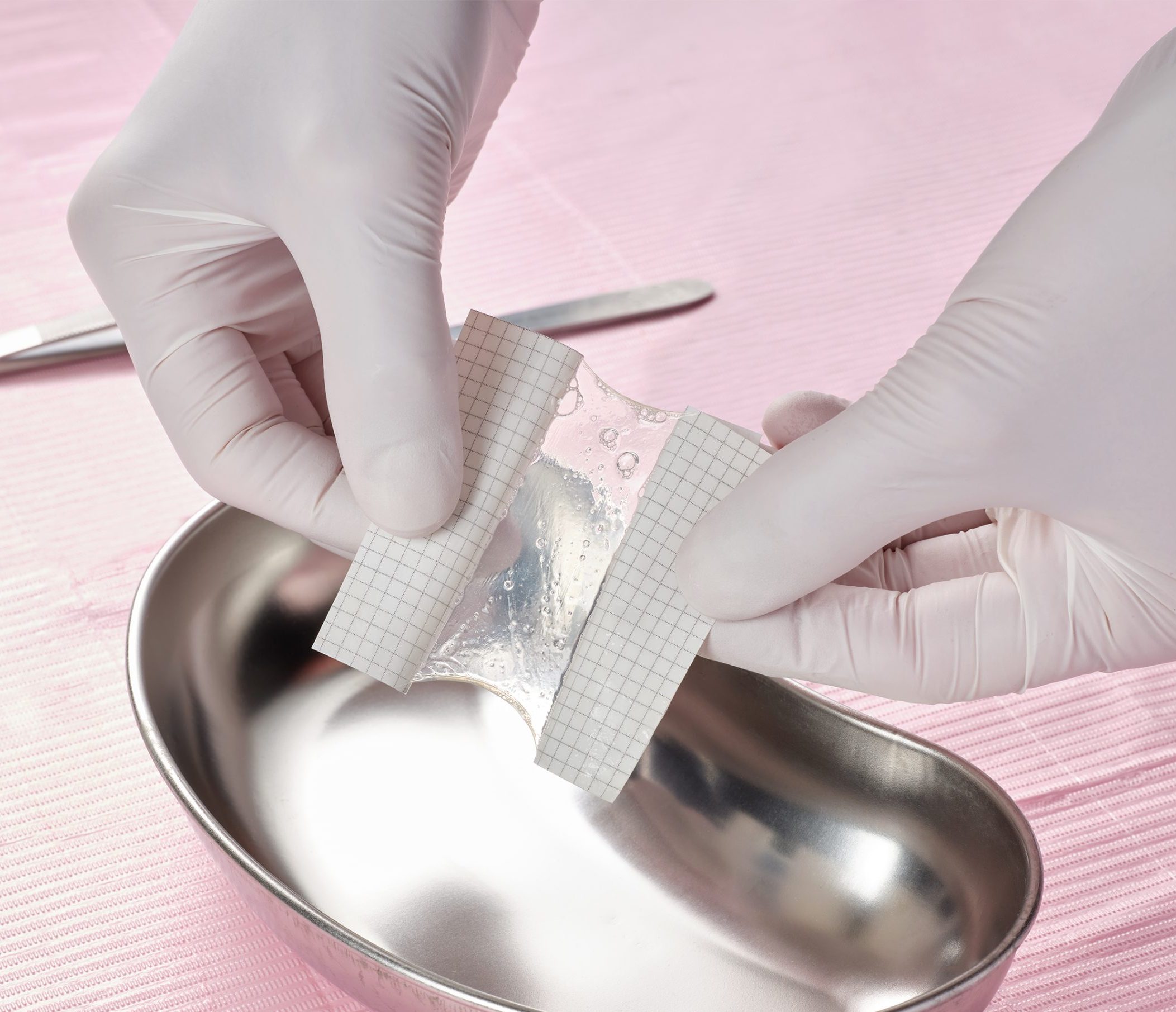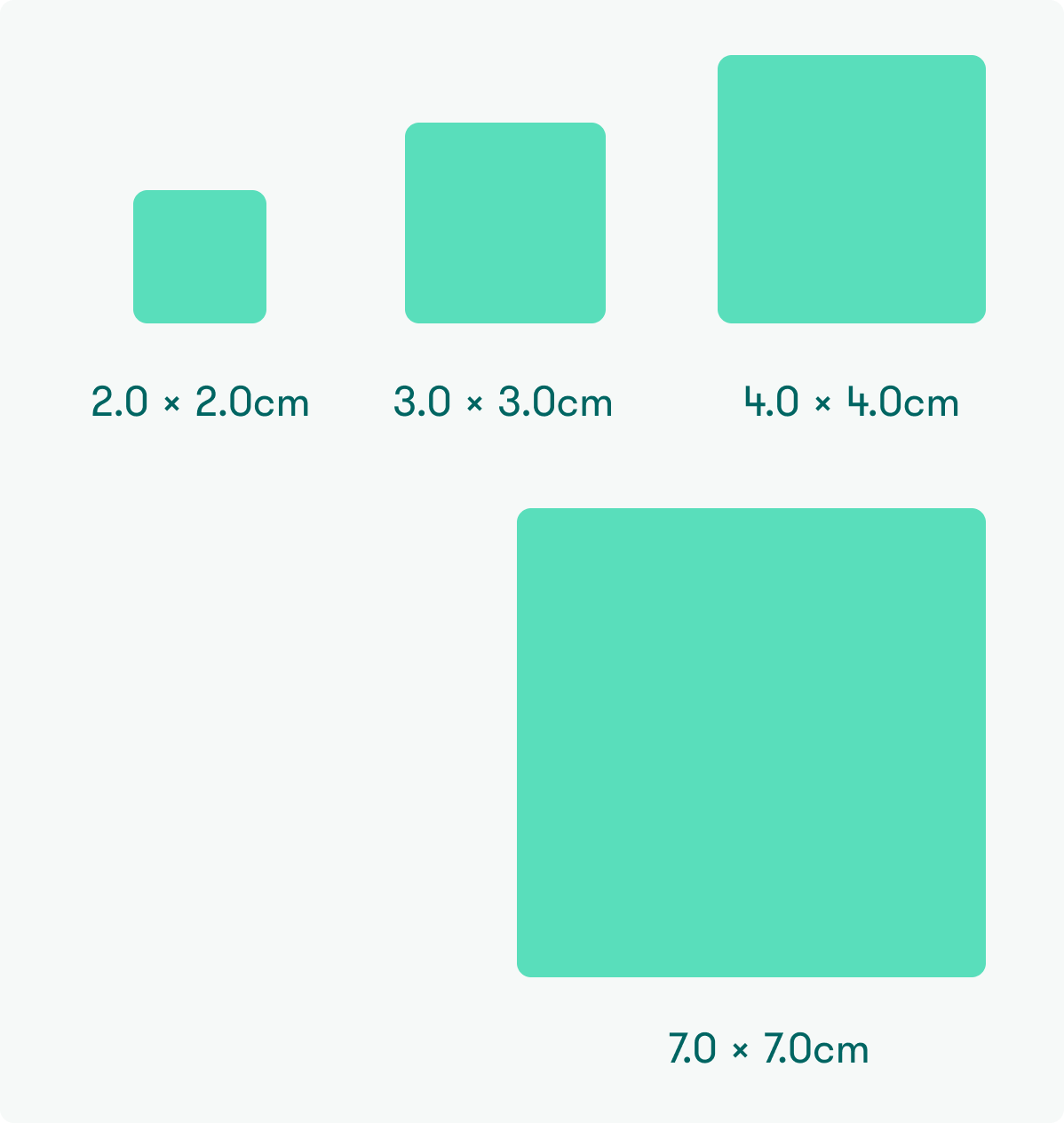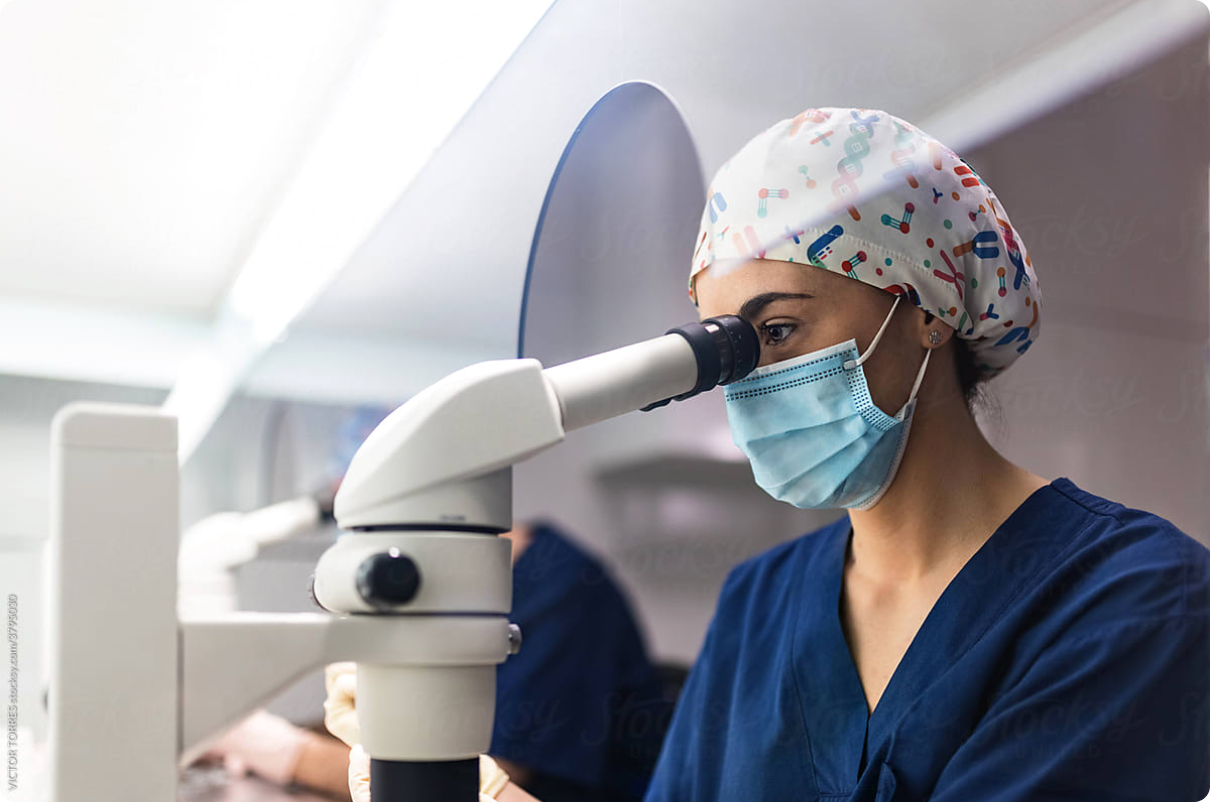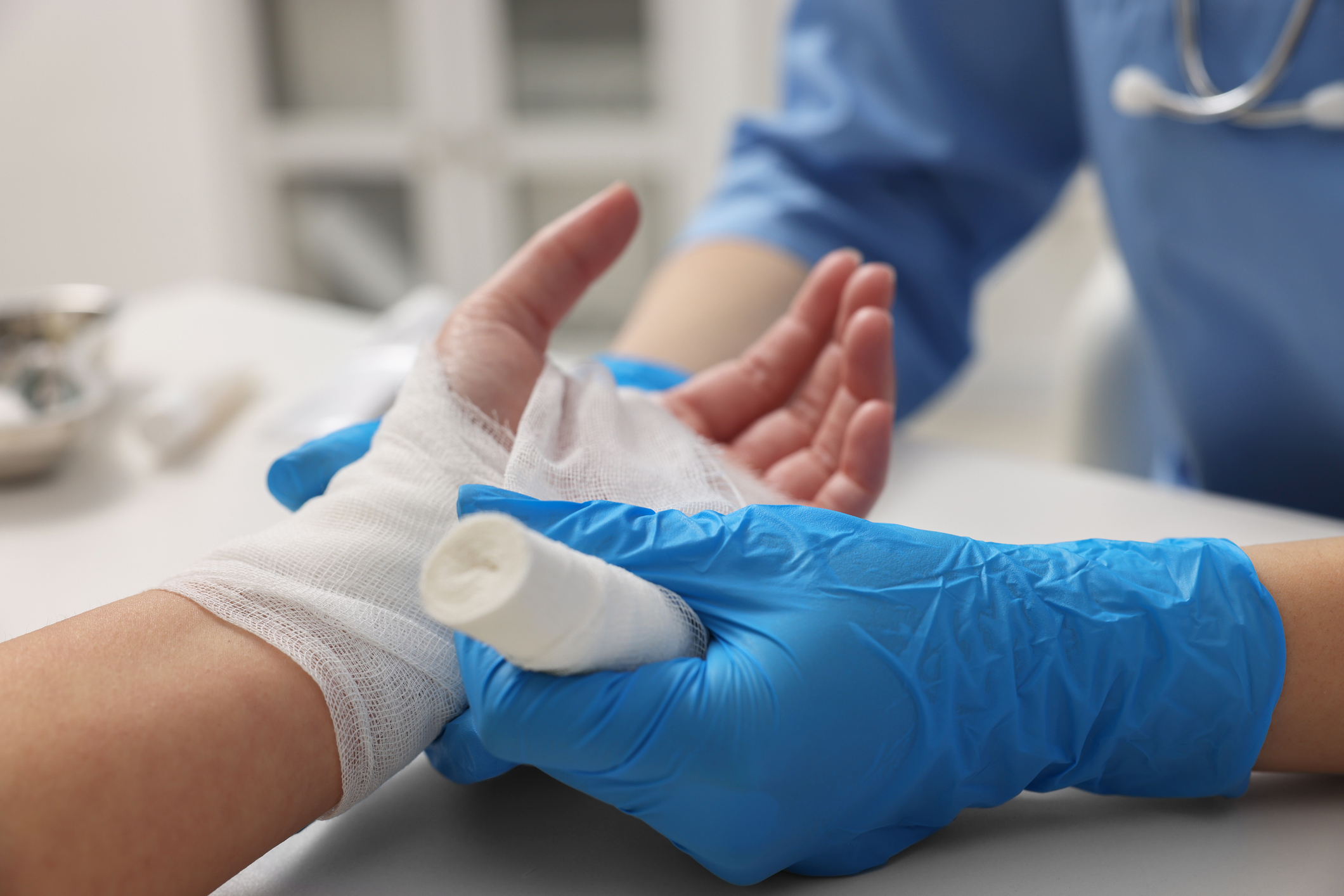Surgical
Neox 100
Where Thinner is a Winner.
Cryopreserved amniotic membrane allograft for wound applications, a thinner alternative to Neox® 1K. The allograft is delivered on a non-implantable, gridded paper backing for easier handling and application.
Technology
Preserving as Much of Nature as Possible
For over 37 years, our pioneering scientists have focused on understanding the regenerative features of human birth tissue—ultimately identifying HC-HA/PTX3 as a key orchestrator in human birth tissue regenerative healing.1
Our CryoTek® cryopreservation process has been shown to preserve the structural and functional integrity of the HC-HA/PTX3 complex significantly better than heat dehydration—delivering the benefits of the natural tissue to the wound.1,2

![]()
Sign up for our Physician Portal to access product info, clinical resources, and updates to support your practice!
Available Sizes
NX-02-2020 (2.0 x 2.0 cm)
NX-02-3030 (3.0 x 3.0 cm)
NX-02-4040 (4.0 x 4.0 cm)
NX-02-7070 (7.0 x 7.0 cm)

Neox 100 is a cryopreserved amniotic membrane allograft, ideal for shallow wounds or for larger-wound areas:
- Diabetic Foot Ulcers
- Chronic Wounds
- Dehisced Wounds
- Granulating/Epithelializing Wounds
- Hypertrophic Scars/Keloids
- Non/Minimally Exudating Wounds
- Pressure Ulcers
- Venous Ulcers
- Traumatic Wounds
- Burns
Location & Temperature
-80°C → 4°C (-112°F → 39.2°F)
Example: ultra-low temperature freezer, standard freezer, or standard refrigerator
Shelf Life
Within the expiration date printed on product packaging (2 years from date of manufacture)
The Neox allograft requires minimal preparation. No rehydration or thawing.
Neox 100 exposed to controlled room temperature (20°C to 25°C, 68°F to 77°F) for up to 6 hours may be returned to cold temperature storage in accordance with the Storage section as long as the packaging remains unopened and intact.
Physician Resources:
Explore the resources below to support your practice and improve patient care.
For additional resources like clinical studies, product information, etc.
BioTissue Surgical Customer Support:
Call us Monday – Friday: 9:00 a.m. to 7:00 p.m. Eastern Standard Time.
Email: [email protected]
Call: (888) 709-2140
Fax: (770) 874-5563
For more information, visit our Ordering page.
Download Neox 100 Product Information
To learn more about Neox, fill out the details below:
Neox
The time is now to achieve a new standard of care. Together we can make a difference in complex wound management.

Frequently Asked Questions
What is amniotic membrane?
Amniotic membrane is part of the placenta and is the tissue closest to the baby throughout development in the womb. Amniotic membrane protects the baby from harm and has natural biologic properties which help the baby develop. The tissue has biological components that aid in regenerative healing.
Where does the amniotic membrane used in Neox come from?
The tissue is donated by consenting healthy mothers after scheduled cesarean section (C-Section) births within the United States. Donor suitability is stringent and is determined through social, physical, and medical screening.





